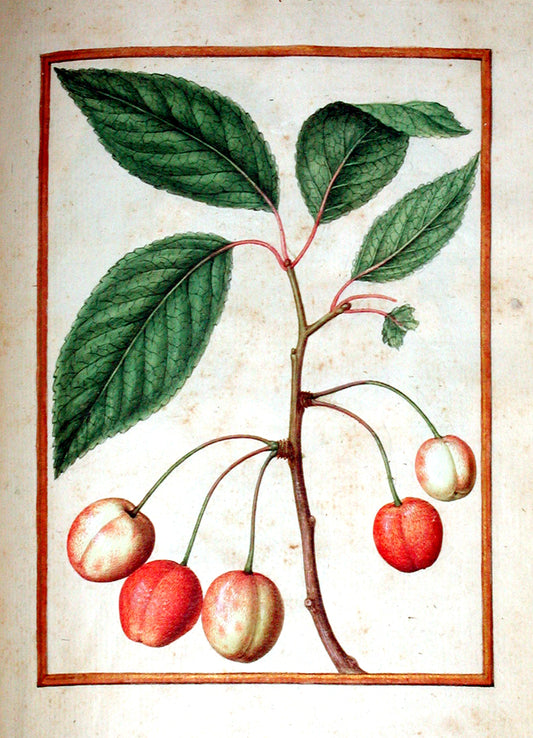Collection: Art in the Age of the Medici
On View @Arader Galleries
1016 Madison Avenue
New York, NY 10075
DOWNLOAD THE CATALOG
REQUEST A CATALOG
The story of the Renaissance cannot be told without the Medici. To describe them as Florentine bankers is to belie their centrality in European affairs in the sixteenth century and beyond. They were power-players and patrons, princes and popes. They married into great noble houses and set the standard for aristocratic living well into the nineteenth century. Their very name became a byword for wealth and cultivation.
Inspired by our neighbors at the Metropolitan Museum, who have mounted a show tightly focused on the Medici and portraiture (The Medici: Portraits and Politics, 1512-1570), we have curated a collection of our material that shows the breadth of the Medici’s influence in Europe in a variety of fields.
At the center of the show is Parmigianino’s imposing allegorical portrait of Charles V receiving the globe from the infant Hercules and the personification of fame (1530). On 22 February of that year Charles V was crowned Holy Roman Emperor by Pope Clement VII, born Giulio de’ Medici. From then the Emperor’s and the fortunes of the Emperor and the Medici rose and fell together. In dialogue with the massive canvas are more intimate portraits from the period, including a beguiling oil on panel of Catherine de’ Medici (Clement’s cousin and Queen of France) by François Clouet.
Emerging from the cast of characters in the Medici drama are three further arenas of the family’s influence: finance, exploration and the arts. At the root of Medicean power is their extraordinary wealth; they were bankers to the French crown as well as great merchants of cloth. With their power and influence grew the territory in which they held sway. It is only natural that they should come to be involved in many of the great cartographic undertakings of the sixteenth century. European knowledge of the Geography of Ptolemy emerged from Florence, and the Medici had a direct interest in the thorough and accurate mapping of the expanding world.
The Medici have gained immortality not through their crowns or croziers, but through their patronage of the arts. The pre-eminence of Italy in the Renaissance is in no small measure tied to Medici support of painters and poets, composers and choreographers. Works on paper are central to understanding the limitlessness of their interest, whether in the natural world — as shown by excerpts from the Museo Cartaceo (Paper Museum) of Cassiano dal Pazzo, born and raised in Florence — or in the stagecraft of the budding genre of opera.
The Medici themselves were collectors without equals, filling their palazzi and palais with maps, tapestries, books, globes, drawings and paintings. Though 1016 Madison might not quite be on par with the Pitti Palace, we hope this eclectic show transports you, even if fleetingly, to the Europe of the Medici.



